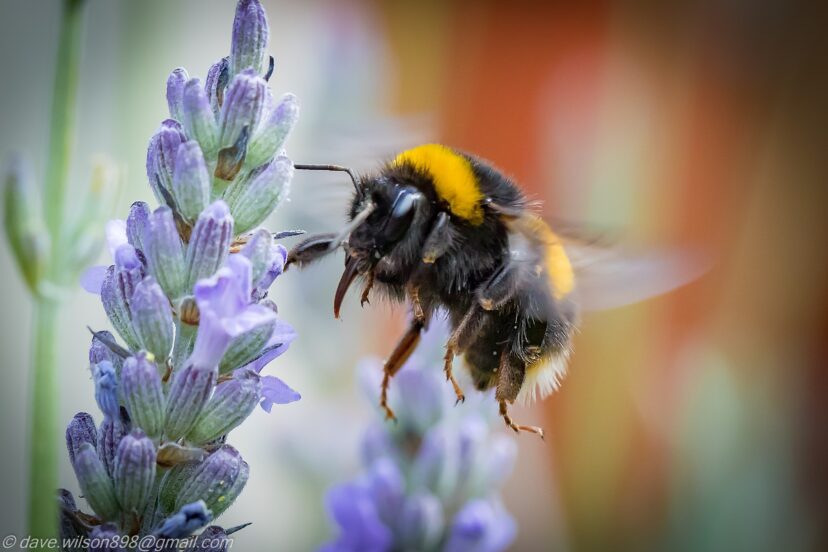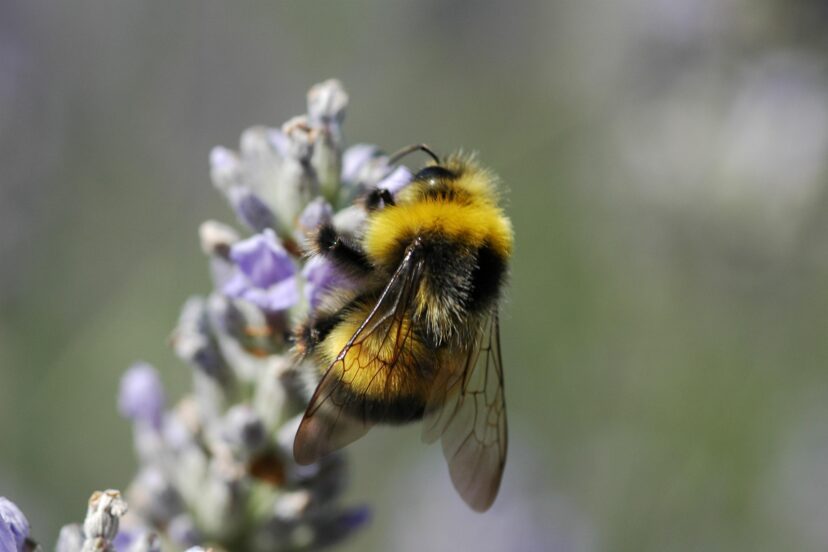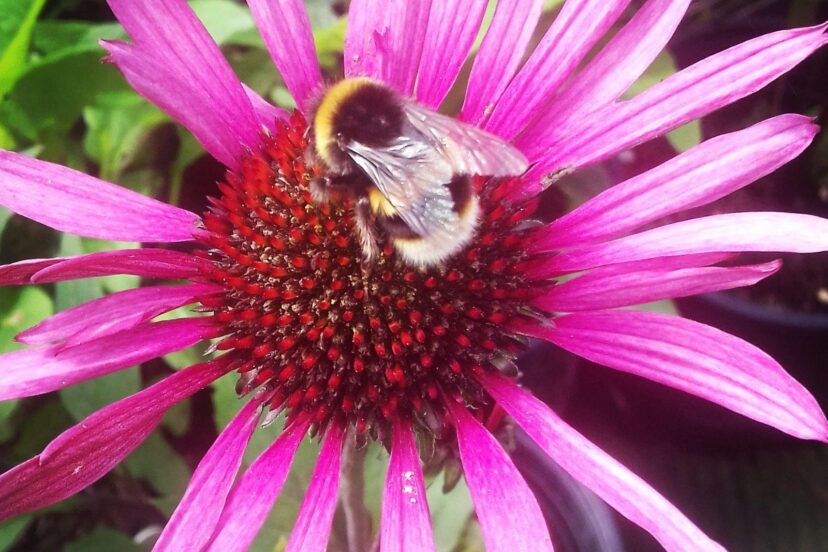What's New



Bumblebees - help protect our vital pollinators
Bumblebees are iconic summer insects - their buzzing and bumbling amongst the flowers makes the perfect backdrop to a summer’s day in the garden. They are also vital pollinators, having tongue lengths between 6-18mm means they are able to get the nectar and pollen inside flowers of all shapes and sizes, fertilising them as they go. We rely on them for many of our everyday favourites such as strawberries, tomatoes and apples. In the UK, we have 25 species of bumblebee but sadly, many of these have experience serious declines over the last 80 years. They are under threat from the intensification of agriculture and the resulting habitat loss, as well as newer threats like climate change and pesticides. The good news is that all is not lost, here are three ways you can start providing for bumblebees in your garden:
A Place to call home
When bumblebee queens emerge in the spring you can often see them flying low to the ground in a zig-zag pattern, they are looking for a nest site. Nest sites vary between different species; some like dry, dark cavities or even make use of old small mammal burrows, some prefer areas of thick vegetation such as tussock grassland whilst Tree Bumblebees are often known to use bird boxes. One thing they all have in common however, is that they aren’t used for very long. All the colony, except for the new queens, die off naturally after a few months. If you do find a nest its best to leave it alone and avoid disturbing it, bumblebees don’t normally get aggressive but will try to protect their home!
You too can provide a place for bumblebees to call home by leaving a quiet patch of your garden to ‘go wild’, or even by having a go at making a potential nest site using things you probably having lying around in the garden shed. But the first step in encouraging bumblebees and other pollinators to your garden is by having the right flowers.
Food for thought
Like us bumblebees need a variety of food sources to ensure they get everything they need from pollen for growth and nectar for energy to all manner of vitamins and minerals. Many of our ornamental plants such as pansies and begonias have no value to wildlife as they produce no pollen or nectar. So switching to more traditional, but still equally beautiful, flowers can help. Examples include: lavender, alliums, herbs and even wild roses. To find out more which flowers are best for bees in your garden why not try out the online bee-friendly gardening tool http://beekind.bumblebeeconservation.org/
Beyond the Garden
One of the simplest and easiest ways to help bumblebees is to support the work of the Bumblebee Conservation Trust – an organisation dedicated to raising awareness about, and protecting, UK bumblebees. To support their conservation work safeguarding the future of these vital pollinators - why not become a member! To find out more please visit www.bumblebeeconservation.org









